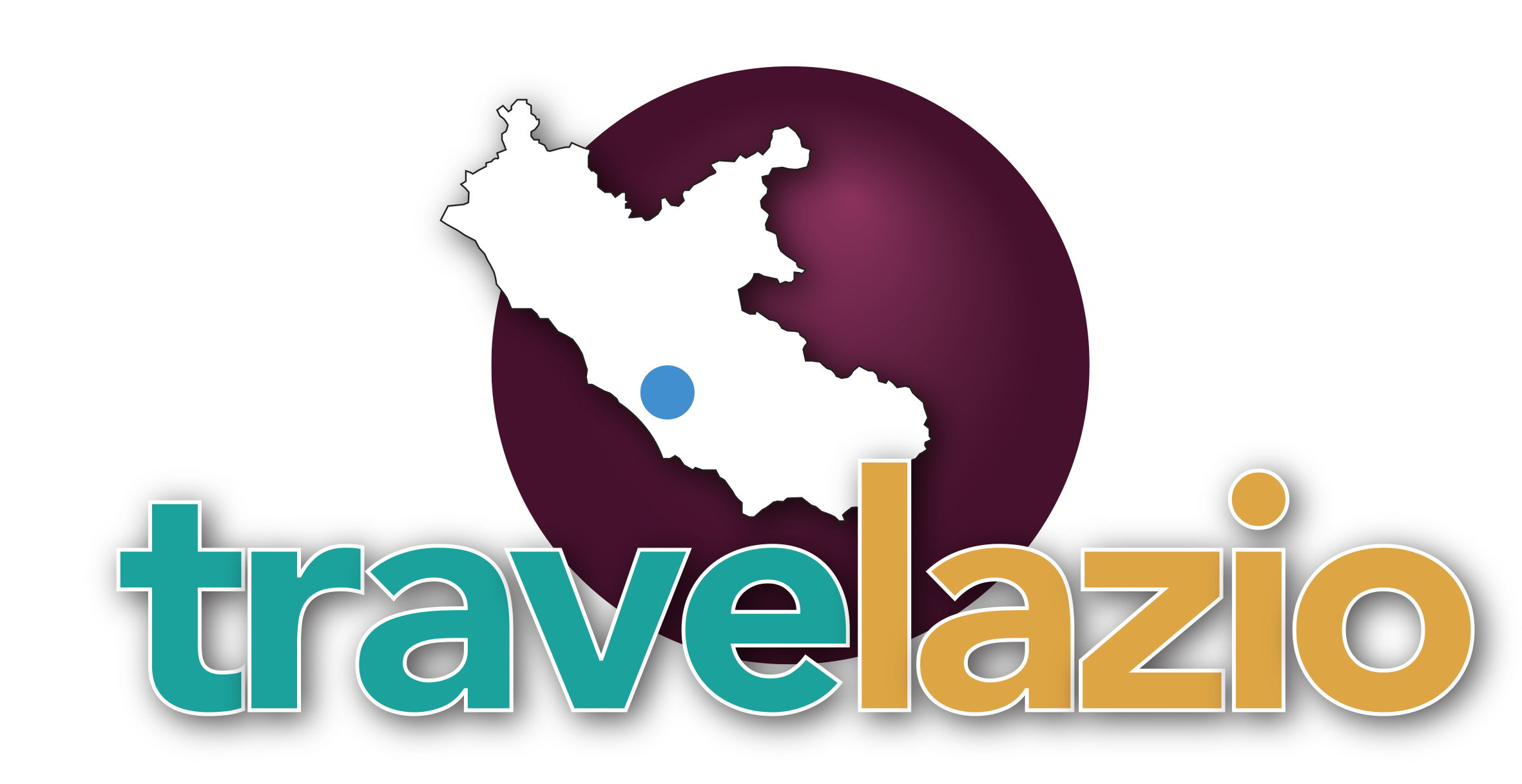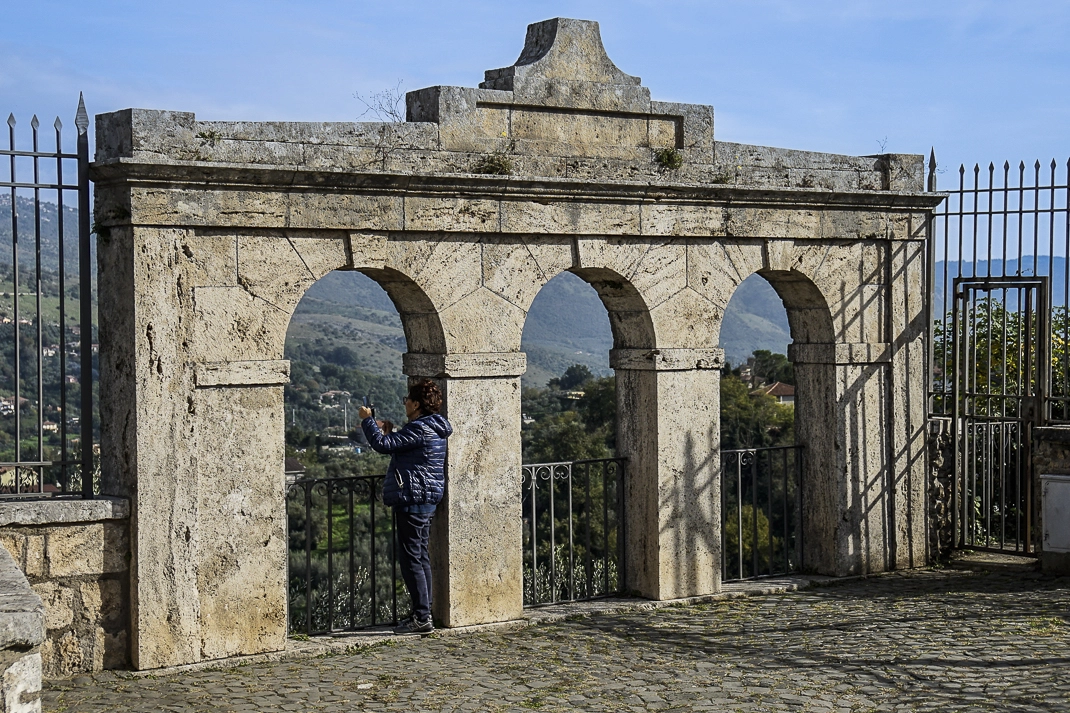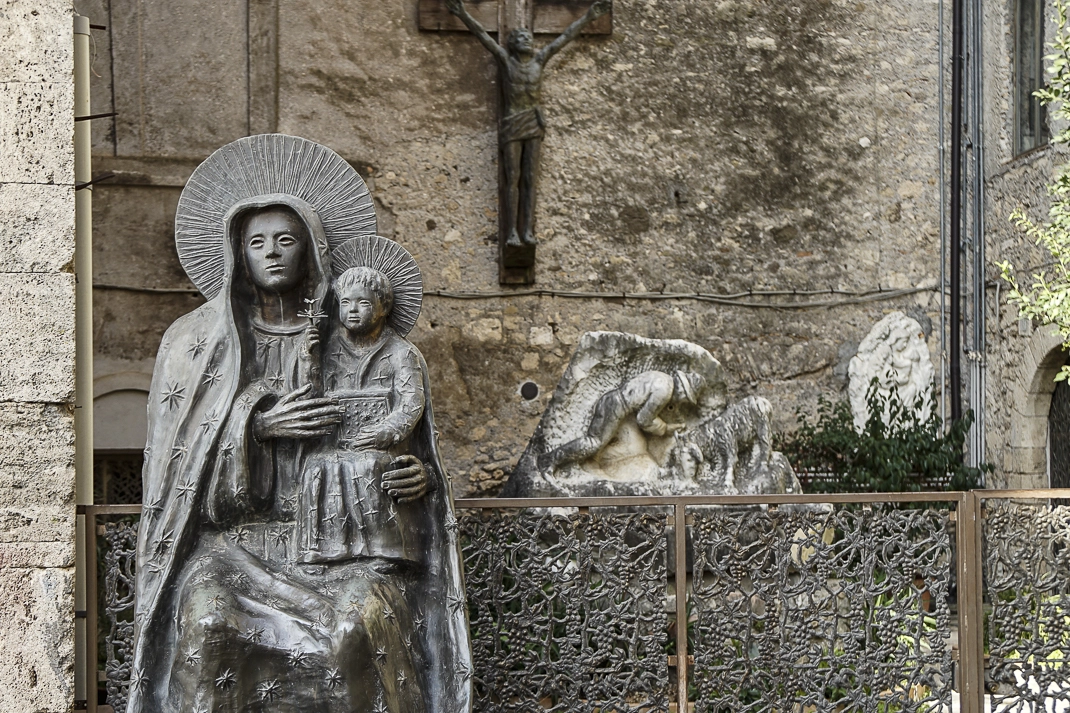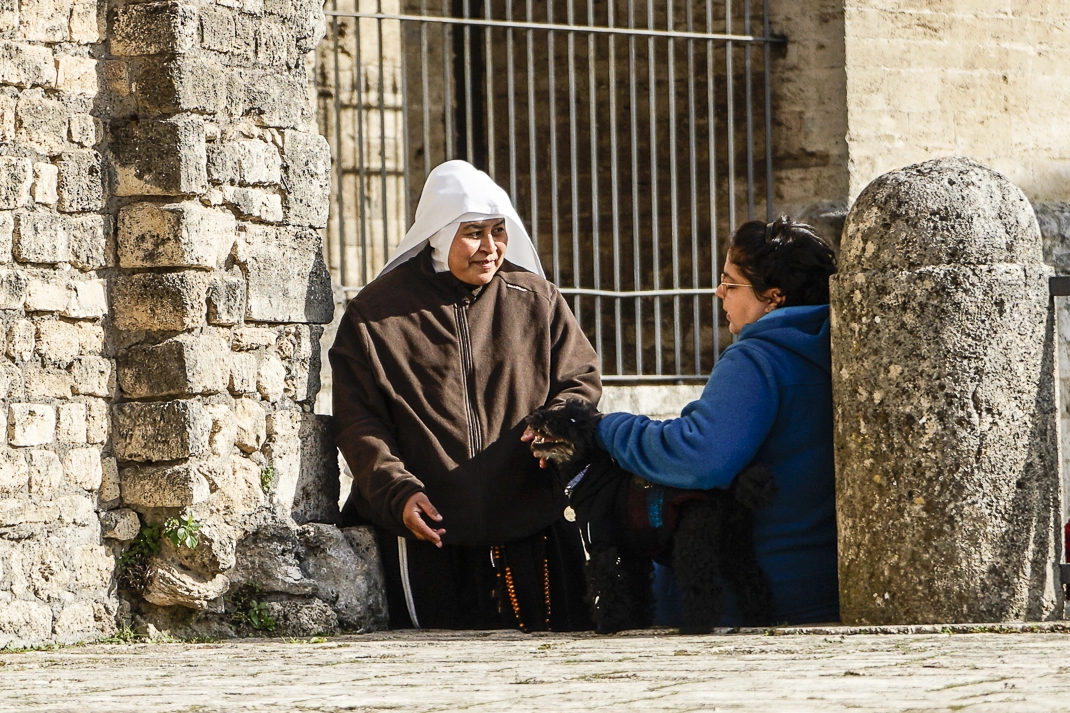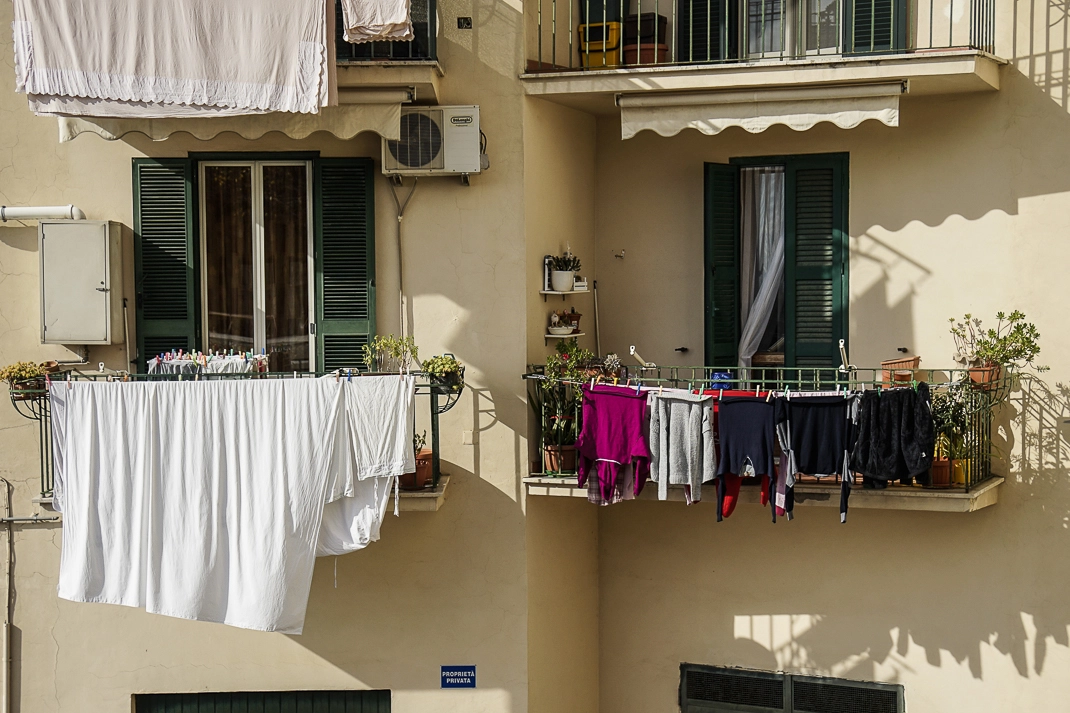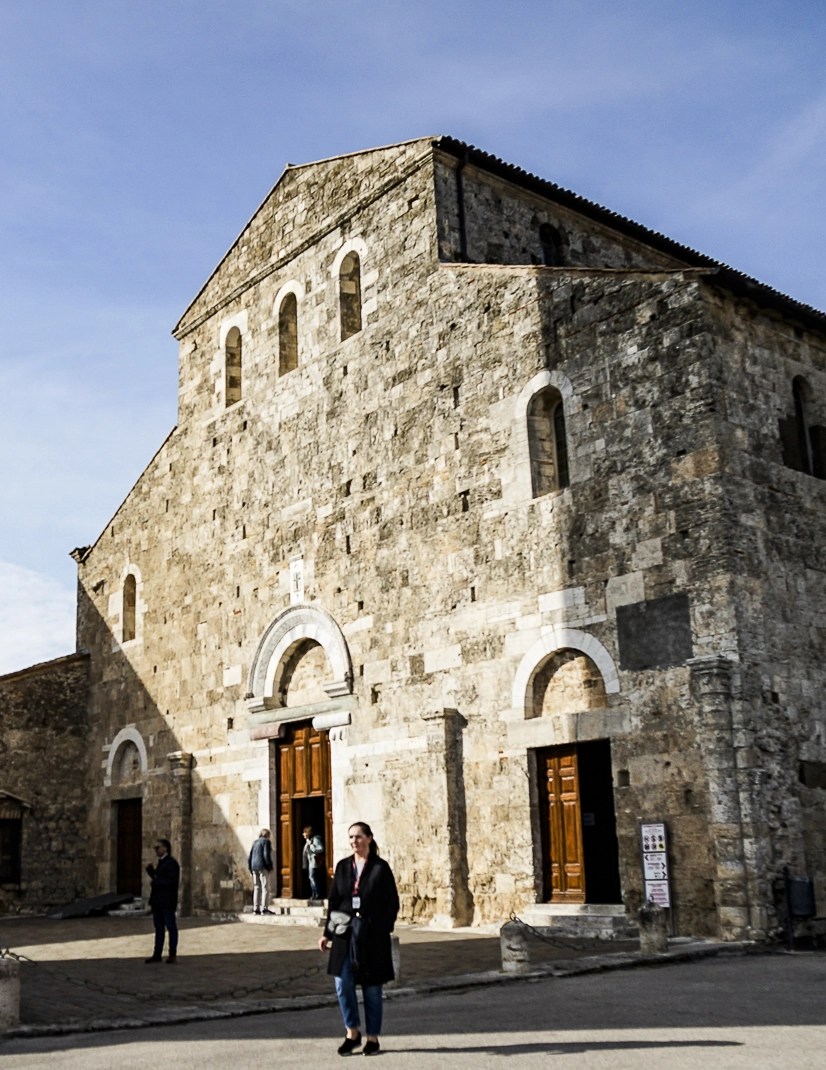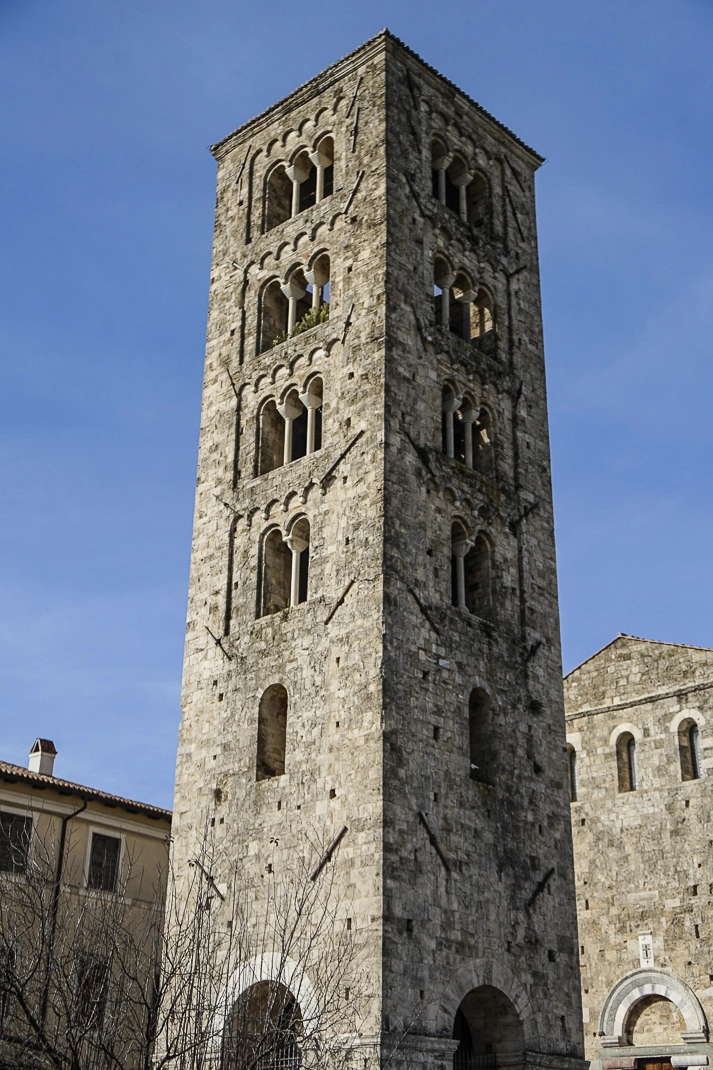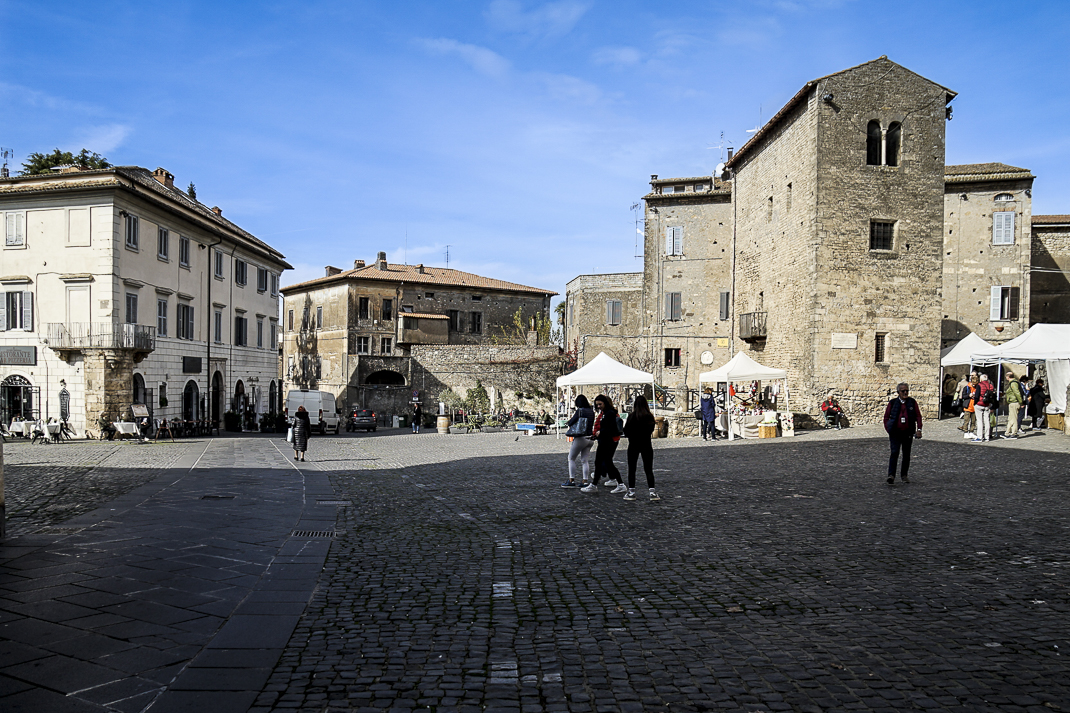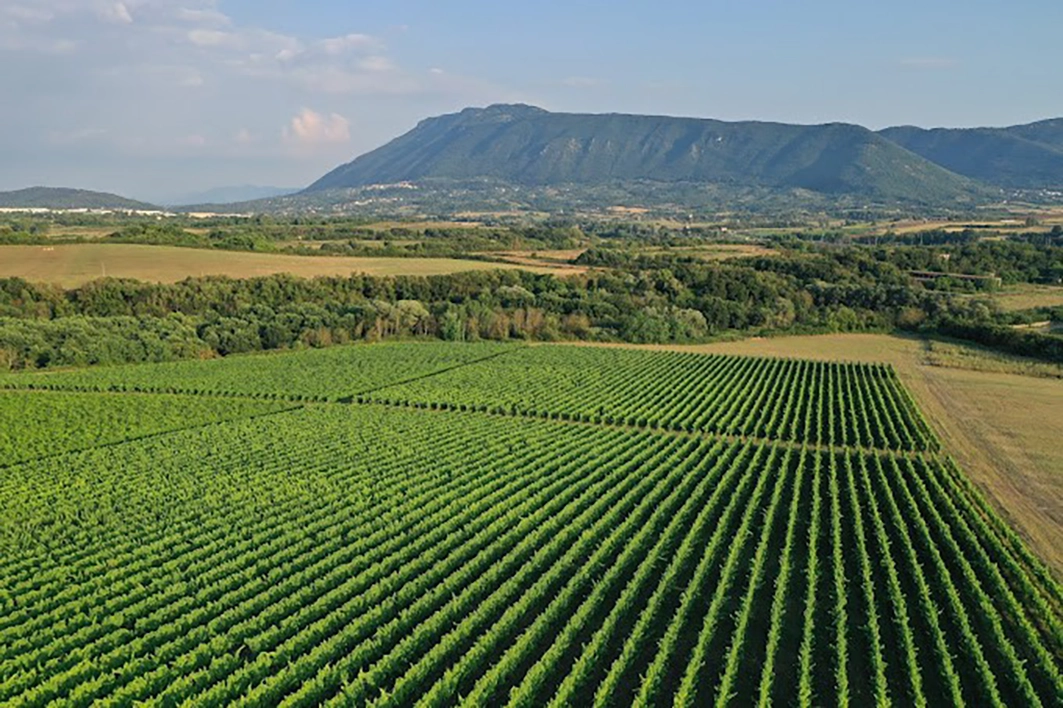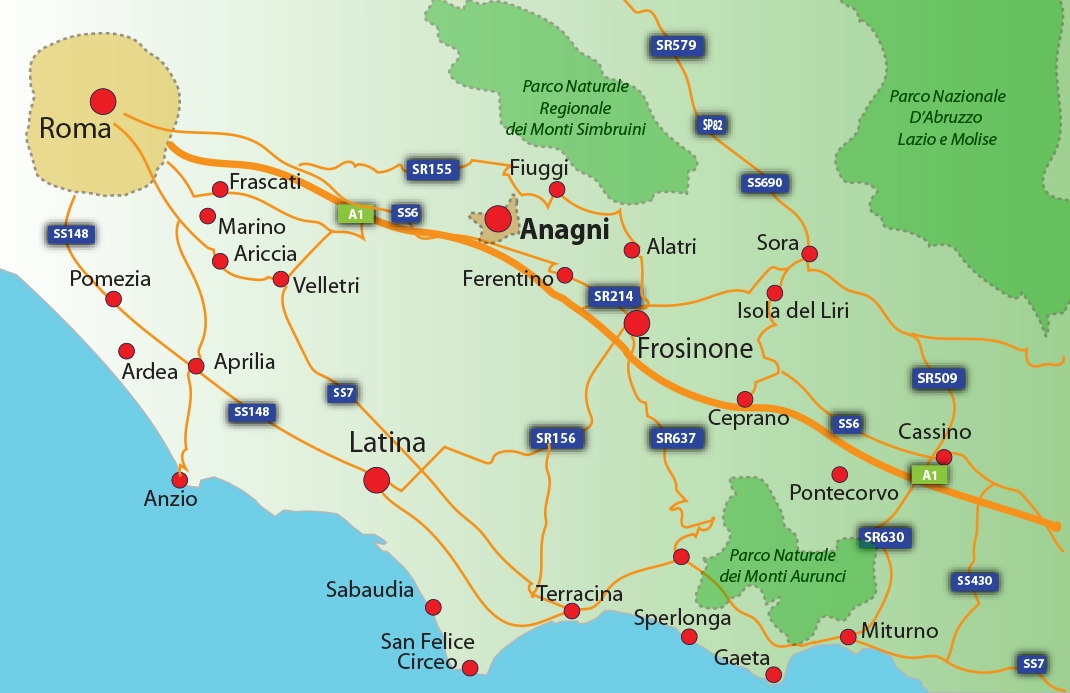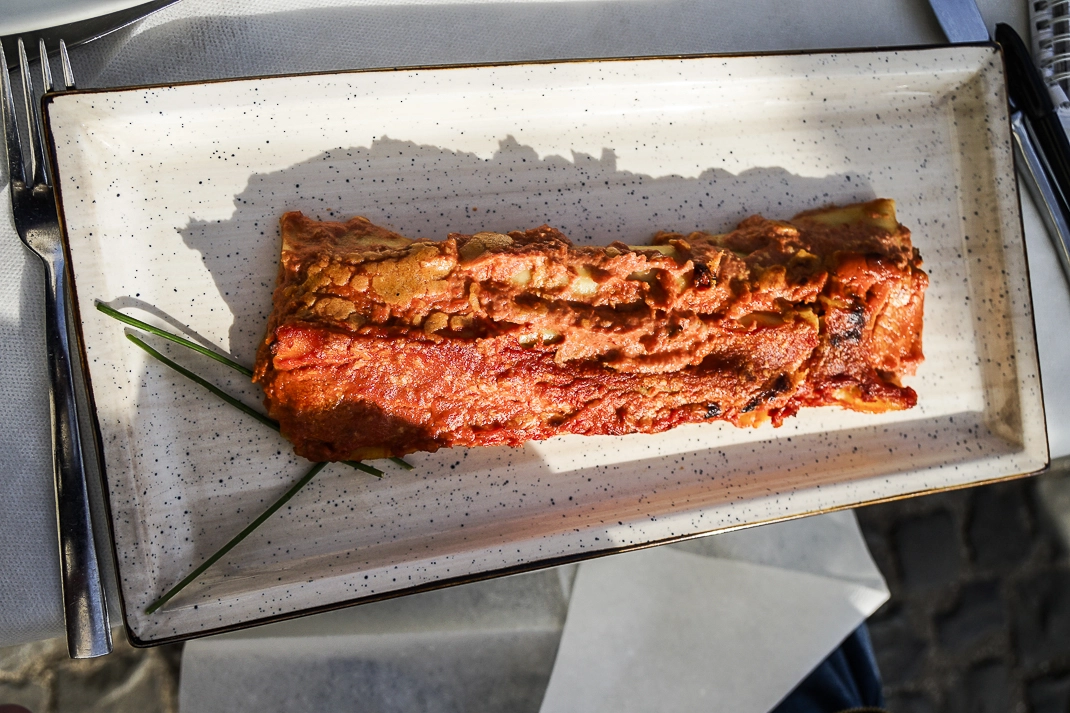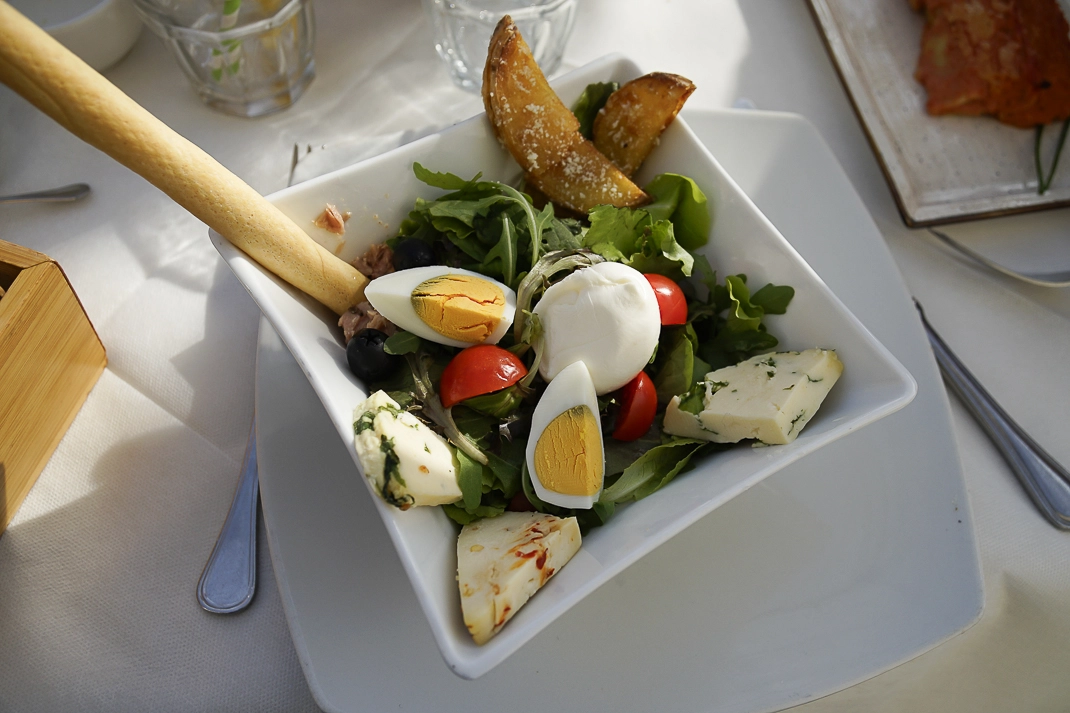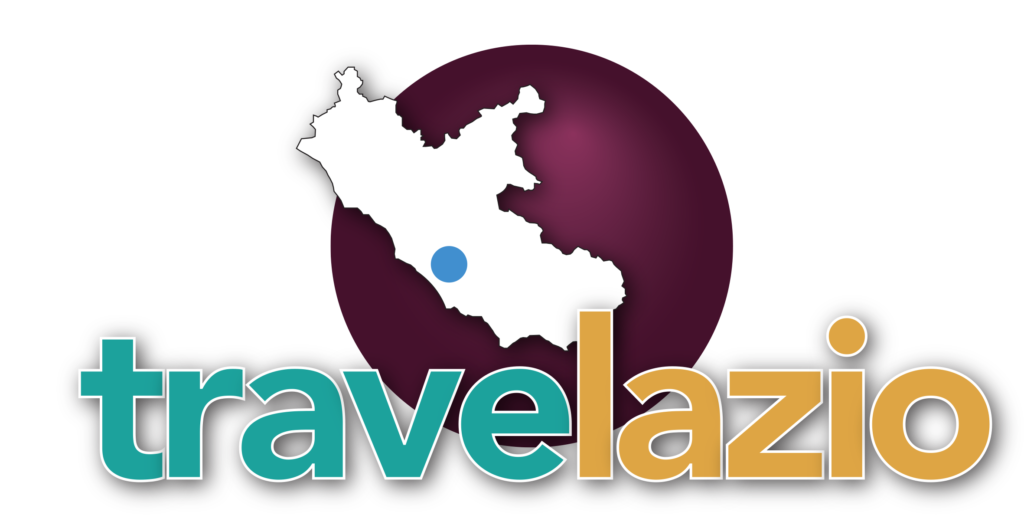

Anagni: City of Popes doesn’t get Vatican crowds
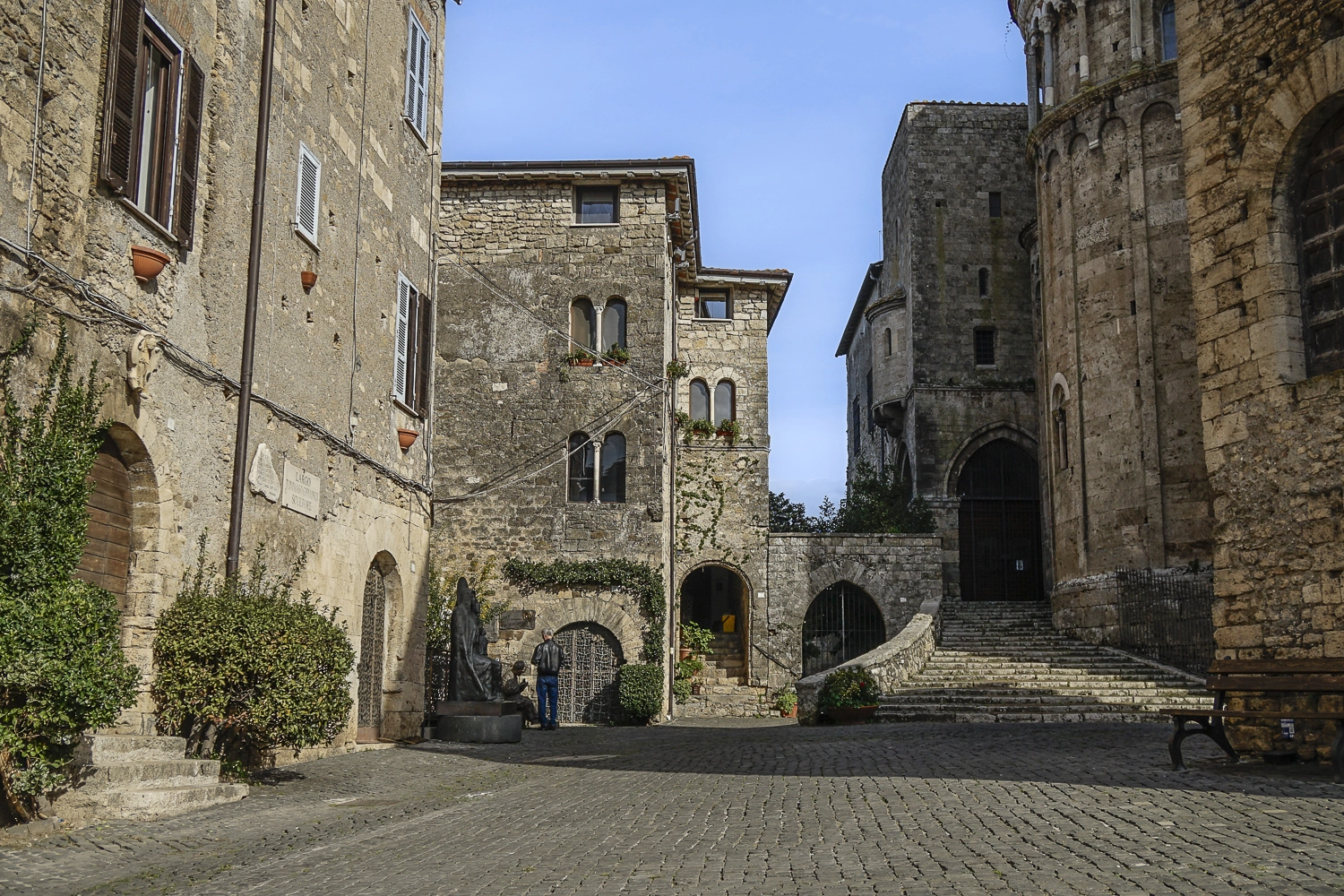
Anagni. Any town in the world will trumpet its name if one of its townsfolk becomes pope. But what if four become the head of 1.4 billion Catholics? Then you become known forever as City of Popes. It doesn’t matter that two were born just outside the town.
The town of Anagni counts them anyway. And if that city has a population of only 21,400? Well, there must be something in the water. Or, maybe, it’s in the delicious wine that is produced in the vineyards below this walled hill town 45 miles (73 kilometers) southeast of Rome.
Sip that wine in the lovely Piazza Innocenzo III with the beautiful view of the Lazio countryside, tour the many churches, especially the 11th century cathedral and imagine the popes who walked the same steps you are. Don’t worry about fighting crowds. Anagni is a hidden gem in the Catholic world.
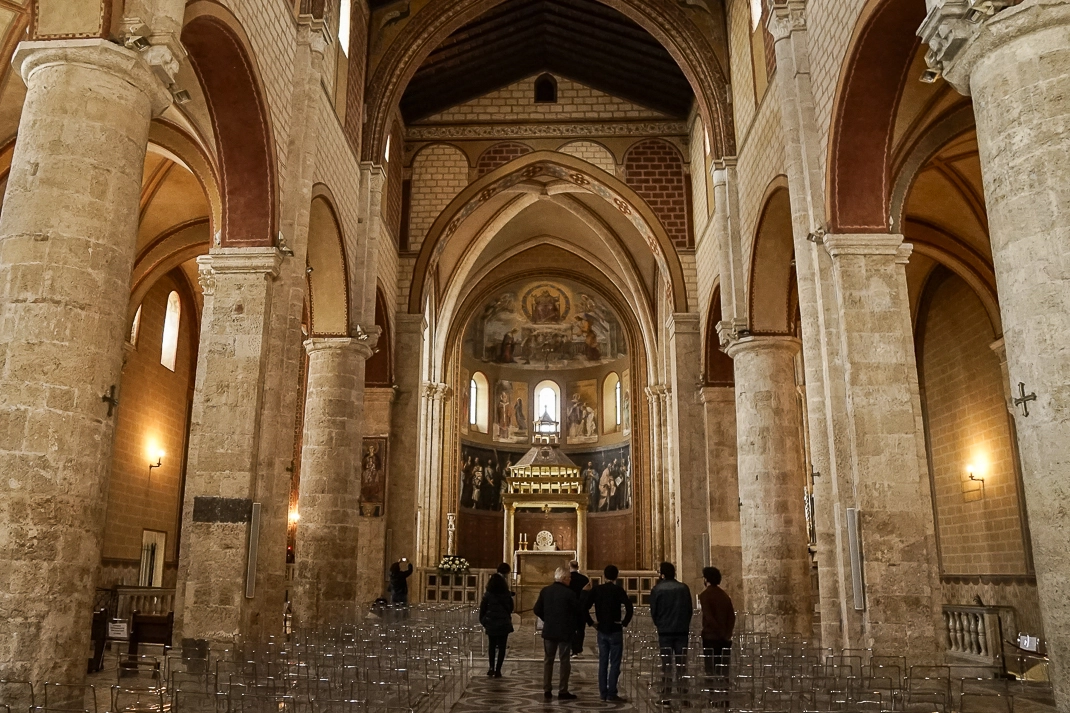
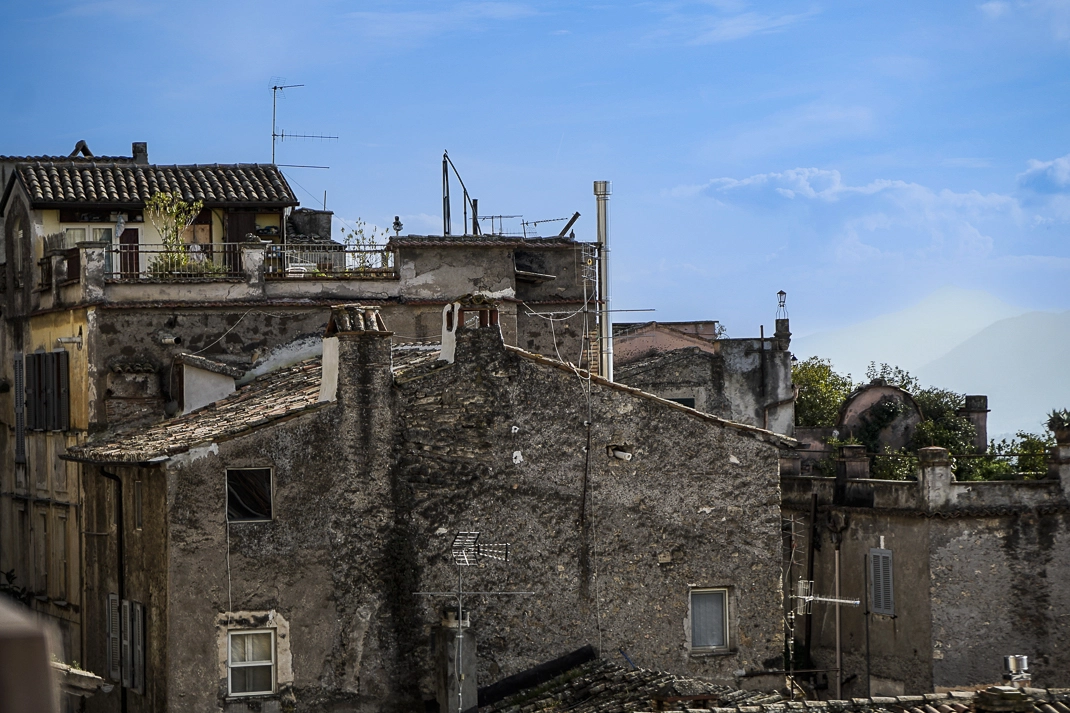
Things to do
1 • Anagni Cathedral: Built from 1082-1104, the cathedral is a massive limestone edifice with a seven-story watch tower that can be seen all over the countryside. It anchors Piazza Innocenzo III, with a statue of Boniface VIII, one of the four popes to which Anagni lays claim.
The interior is even more stunning. The floor, built in 1231, is all blue and gold mosaics forming circles leading to the altar. The Gothic-Lombard style interior features 12 stone columns holding up the roof covered in brightly decorated frescoes. The library has 1,814 books dating back to the 15th century.
Don’t miss the Caetani Chapel, built in the 13th century. Recent restorations have uncovered new frescoes.
Info: Via Leone XIII, 39-07-75-728-374, https://www.cattedraledianagni.it
2 • Centro Storico: Piazza Innocenzo III is one of the most beautiful and laid-back piazzas we found in Lazio. Circling the piazza below the cathedral is the Bar del Duomo where you can get an inexpensive glass of local Cesanese red wine and listen to the cathedral’s bell peal.
Two restaurants, La Piazzetta and Vittorio Emanuele Ristorante, offer outdoor seating and local handmade dishes. Dine while peeking over the wall at the beautiful rolling hills of rural Lazio.
Go up beyond the cathedral and get lost in the narrow, windy alleys. You can’t. Anagni isn’t that big. But you’ll feel medieval and small-town Italy at the same time.
3 • Coletti Conti winery. Cesanese is a Lazio wine that is growing in popularity around Italy and the world. The Coletti Conti winery specializes in it. Located on the southeast edge of Anagni, Coletti Conti has bottles of Cesanese wines starting at €16. Wine tastings can be arranged by appointment only.
Info: Via Braccio-Anagni Station 10, 39-389-900-9900, https://www.facebook.com/p/COLETTI-CONTI-Azienda-Agricola-100057070284389/?locale=it_IT
Four popes? One town? How?
One little town on a hill produced four popes? There is an explanation. Pope Innocent III was the son of Count Trasimondo of Segni. The count was a member of the Counts of Segni who produced three popes: Innocent III, Gregory IX and Alexander IV, all born in and around Anagni. Here are are thumbnail bios:
Innocent III (1198-1216). He was actually born just outside Anagni in the village of Gavignano. Born Lotario dei Conti, he is the most famous of the four popes. He wrote On the Misery of the Human Condition, the lessons of which lasted for centuries. He led the Fourth Crusade to the Holy Land and also gave a Catholic friar permission to start a new religious order. His name was St. Francis of Assisi.
Gregory IX (1227-1241). Born Ugolini di Conti in Anagni, he was the cousin of Innocent III. He was educated at universities in Paris and Bologna and became a renowned lawyer. He is most famous for instituting Papal Inquisition in which he gave due process to citizens accused of heresy. He wanted to stop the mobs who were burning heretics without a trial.
Alexander IV (1254-1261). The nephew of Gregory IX, he was born in Jenne, a village 25 miles north of Anagni but is oddly included in Anagni’s stable of popes. Alexander was best known for trying to reunite the Eastern Orthodox churches with the Catholic Church in an attempt to organize a crusade against the Mongol hordes after they invaded Poland in 1259.
Boniface VIII (1294-1303). Born in Anagni, he became one of the first popes to get involved in foreign affairs such as in France and the First War of Scottish Independence. His involvement put him in the crosshairs with many, including famed writer Dante Alighieri who condemned him to the eighth circle of Hell in his Divine Comedy. Boniface reorganized canon law into a new volume which is still used today and established the first Catholic Jubilee in 1300.
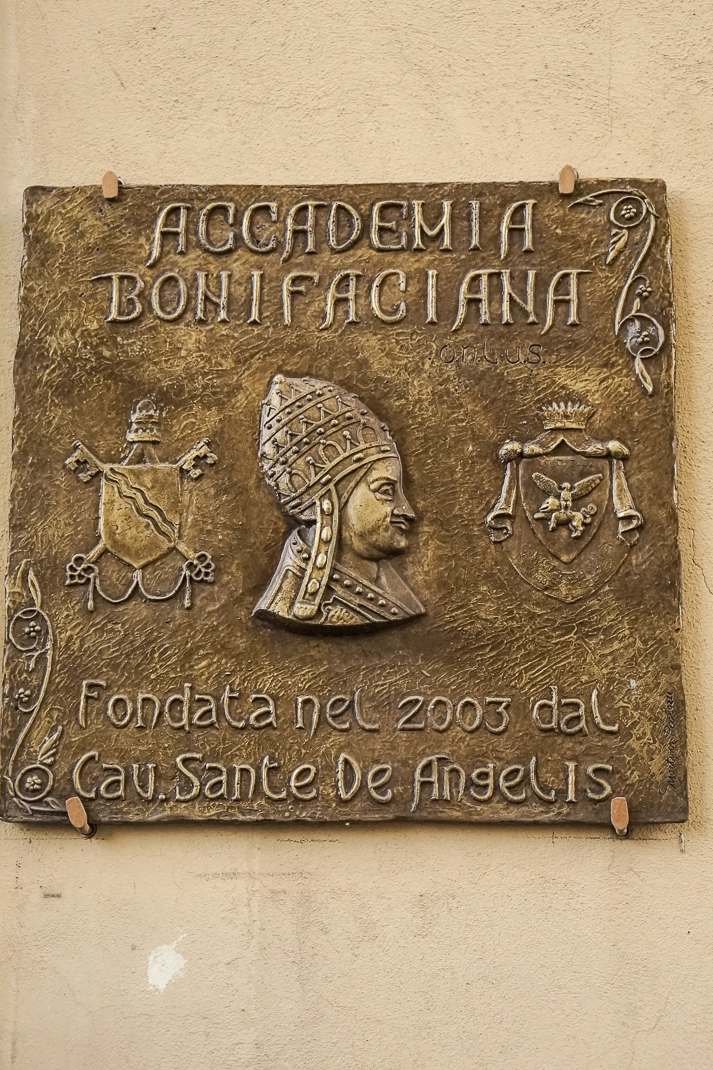
Where is it:
45 miles (73 kilometers) southeast of Rome.
How to get there: Numerous trains leave daily from Rome’s Termini station to Anagni.
The 85-minute ride is €6 with a transfer at Anagni-Fiuggi.
For more information:
Visit Anagni, Proloco Anagni-Piazza Innocenzo III, 39-07-75-727-852, https://www.visitanagni.com/,
